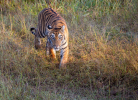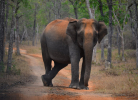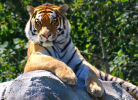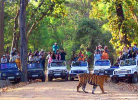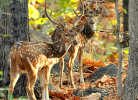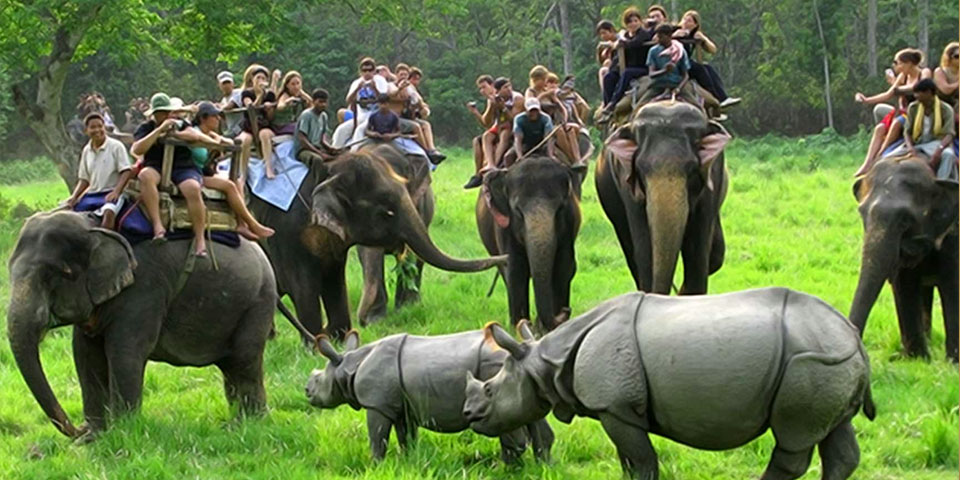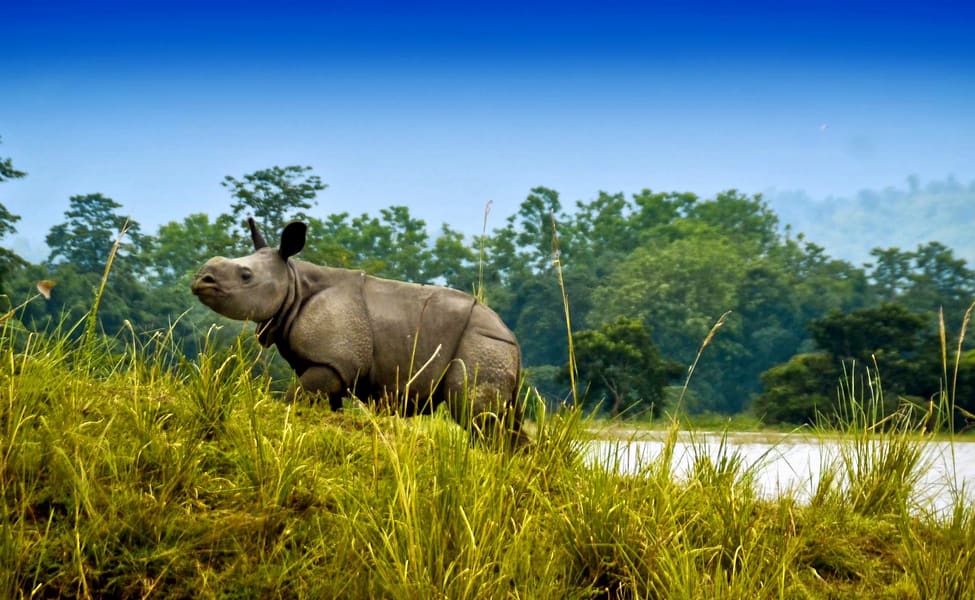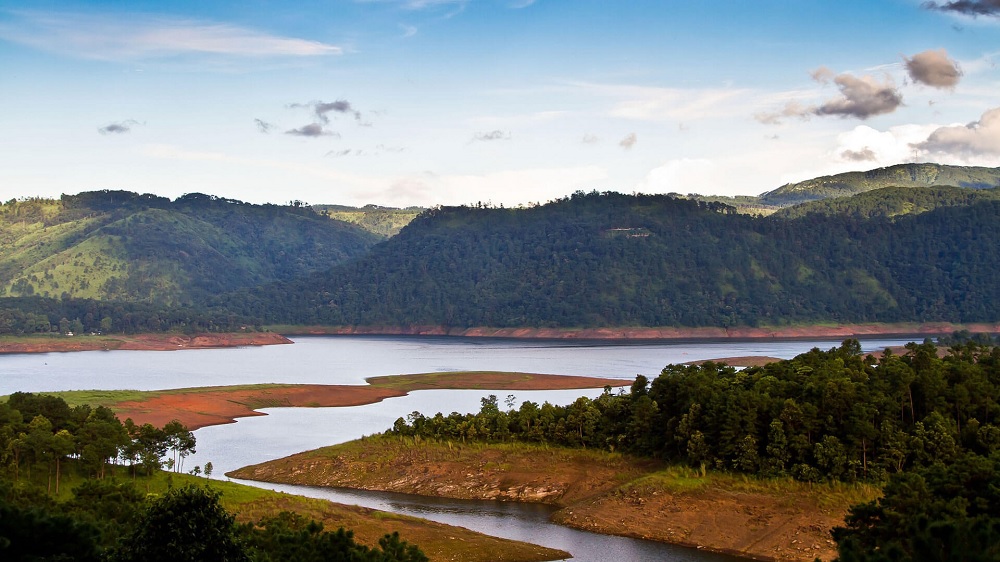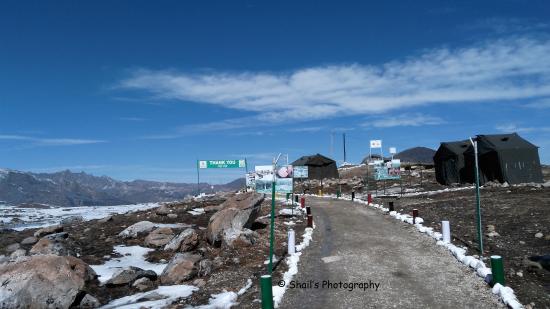Kaziranga National Park Tours
Kaziranga National Park is famous for being one of largest homes in the world for one-horned rhino. Apart from this, the park is also famous for its collection of flora and fauna. The beauty of the ambience and climatic conditions come from the location of park, in the state of Assam. The park spreads in Karbi Anglong, Nagaon, and Golaghat regions.
This world heritage site is located in the Brahmaputra River’s floodplains. Thus, thick vegetation covers the park. The park has tall elephant grass, broadleaf forests, and marshlands. This thick forest cover makes the park, the best place for animals like Royal Bengal tigers, Asiatic elephants, leopards, and wild water buffaloes to thrive. Apart from these, local birds and migratory birds from the north are common in this park.
History
According to legends, the park gets its name from a romantic story. Kazi, a local boy fell in love with Ranga, a village girl. Due to opposition of their love, the duo eloped and disappeared into the forest. Thus, the forest region was called Kaziranga forest. The term Kaziranga means land of red deer.
The earliest recording to the park is in 17 th century. Due to increase in tea cultivation, a majority of this forest region was converted into plantations. In 1904, Baroness Curzon started the reservation process when she failed to notice even one one-horned rhino during her visit. In 1905, the forest region was proposed as a reserve forest region and it spanned 232 square kilometer and three years later, it became a reserved forest. In 1916, the forest region became a game reserve. In 1950, it became wildlife sanctuary. In 1967, additional 151 acres of land were added to the park. In 1968, the sanctuary became a national park. In 1974, the park was declared as a world heritage site and the park spanned 430 square km in area.
Best Time to Visit
The best time to visit Kaziranga National Park is from November to April. It receives abundant rainfall during the monsoon season, and the park will be flooded between June and August. The flood drains by the end of September. Thus, June to September is the worst time to visit. The summer season March to May is the best to cover deeper parts of the park to spot numerous animals. Winter is the best time to spot northern migratory birds like lesser white-fronted goose, Baer’s pochard duck, ferruginous duck, black-nested stork, and others.
The park offers both morning and afternoon safari. The early morning elephant safari is the best way to explore the region. You can easily spot birds and numerous animals during the early morning.
How to Reach
The closest airport to the park is Jorhat Airport, which is 97 km away from the park. However, tourists usually prefer flying to Guwahati international airport, which is more than 200 km away from the park. From the airports, you can easily find road transportation to reach the park. You can hire cabs from the airport or hire buses from Paltan Bazaar. The bus stand is about 23 km away from the airport.
The closest railway station is located in Furkating, which is 75 km away from the park. You can find direct trains from Kolkata, New Delhi, Guwahati and surrounding regions to Furkating. Jorhat railway station is 90 km away, which is also a commonly opted station among tourists. From the stations, you can find buses and taxis to reach the park.
The main entrance of the park is located in Kohora town, which faces NH 37. You can easily find road transportation from major cities and surrounding regions of Assam to the entrance of the park. Government buses, private buses, minibuses, and cabs to the park are quite common in the surrounding regions. No vehicle can enter into the forest region.


